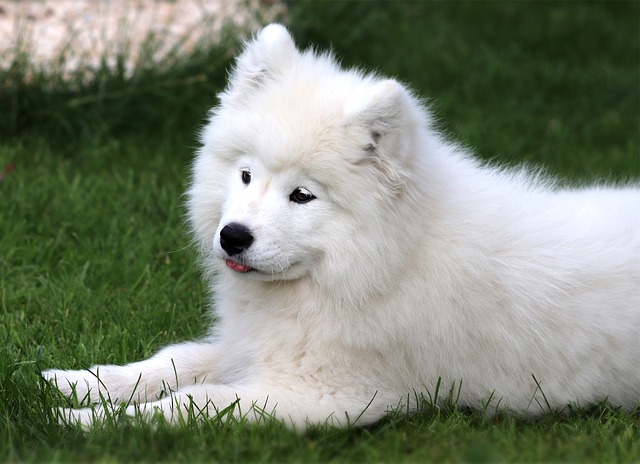
When Does a Samoyed Dog Shed Its Fur?
Samoyed that gorgeous, fluffy coat is part of their magic, but let’s talk about the real question: when does all that fur actually shed? Don’t stress—with a little know-how, you can manage it like a pro.
When the morning light quietly creeps through the window, the dog at home slowly gets up from its warm little nest. Then, it gives its whole body a shake, looking as if it wants to shake off all the drowsiness. Many dog owners are surely familiar with this everyday scene. But have you ever been curious about why dogs have such a behavior when they get up? This seemingly simple action actually contains rich scientific principles behind it, which are closely related to the dog's physiological structure, as well as their behavior habits and evolutionary history.
Physiologically speaking, the primary reason why dogs shake their bodies when they get up is to adjust their physical state. During sleep, the dog's blood circulation slows down, and its body's metabolism also decreases. Shaking the body when getting up is their unique way of awakening their physical functions. When a dog starts to shake, the muscles all over its body contract and relax rhythmically. This muscle movement can not only promote blood circulation, allowing the blood to quickly flow throughout the body and provide sufficient oxygen and nutrients to various organs and tissues but also get the joints moving and lubricate the synovial fluid, thus reducing the risk of injury during exercise. For example, an older dog may shake for a longer time when getting up because its joints are relatively fragile and it needs to shake more thoroughly to prepare for exercise and maintain the flexibility and balance of its body.
At the same time, shaking the body is also an effective way for dogs to keep their bodies clean. In the wild, dogs often rest in environments such as grasslands and soil. When they get up, their fur is likely to be stained with foreign objects such as dust, grass leaves, and insects. By shaking their bodies and relying on the rapid vibration of their bodies, these foreign objects attached to the fur will be shaken off, thus keeping the fur clean and healthy. This behavior is a self-protection mechanism formed by dogs during the long process of evolution. Even though many dogs now live in clean indoor environments, this habit still remains.
 From a behavioral perspective, a dog's shaking of its body when getting up is closely related to their emotional expression and communication. Dogs are social animals, and in group life, body language is an important way for them to communicate. When a dog wakes up and shakes its body, it may be sending a signal to its companions, indicating that it is awake and ready to participate in group activities. In a family environment, dogs regard their owners as members of their group, and their shaking behavior may also be to attract the owner's attention and hope to get the owner's response and interaction. When a dog runs happily to the owner's side and wags its tail after shaking its body, it is a vivid manifestation of this emotional communication.
From a behavioral perspective, a dog's shaking of its body when getting up is closely related to their emotional expression and communication. Dogs are social animals, and in group life, body language is an important way for them to communicate. When a dog wakes up and shakes its body, it may be sending a signal to its companions, indicating that it is awake and ready to participate in group activities. In a family environment, dogs regard their owners as members of their group, and their shaking behavior may also be to attract the owner's attention and hope to get the owner's response and interaction. When a dog runs happily to the owner's side and wags its tail after shaking its body, it is a vivid manifestation of this emotional communication.
In addition, shaking the body can also help dogs relieve stress and anxiety. Just as humans soothe their emotions by taking deep breaths, stomping their feet, etc. when they are nervous, dogs also relax themselves by shaking their bodies when facing stressors such as unfamiliar environments and noisy sounds. The shaking when getting up may be a way for them to shake off the remaining feelings of unease from sleep and better cope with the new day's life.
Tracing back from an evolutionary perspective, wolves, the ancestors of dogs, also have similar behaviors. When wolves rest in the wild, they are constantly at risk of being attacked by predators or missing out on prey. Shaking their bodies after waking up can not only quickly restore their physical functions and prepare them to deal with danger or hunt for prey but also avoid making sounds due to foreign objects on their bodies and revealing their positions. After a long process of domestication, although the living environment of dogs has changed greatly, this instinctive behavior inherited from their ancestors is still deeply ingrained in their genes.
Understanding the reasons why dogs shake their bodies when getting up can not only give us a deeper understanding of dogs but also help us better take care of their health and emotional needs. When we see a dog shaking its body, we can give them appropriate attention and response, play and interact with them to enhance the relationship between us. At the same time, if we find that the frequency or manner of a dog's body shaking is abnormal, such as excessive shaking or only shaking a certain part of the body, it may mean that they are not feeling well and we need to take them to see a veterinarian in a timely manner.
The seemingly ordinary behavior of dogs shaking their bodies when getting up embodies the wisdom of natural evolution and the mysteries of life behind it. Every shake is their unique language of communication with us and a wonderful way for them to adapt to life. As companions of dogs, we should carefully observe and understand these subtle behaviors, give them more love and care, and jointly write beautiful stories of companionship.

Samoyed that gorgeous, fluffy coat is part of their magic, but let’s talk about the real question: when does all that fur actually shed? Don’t stress—with a little know-how, you can manage it like a pro.
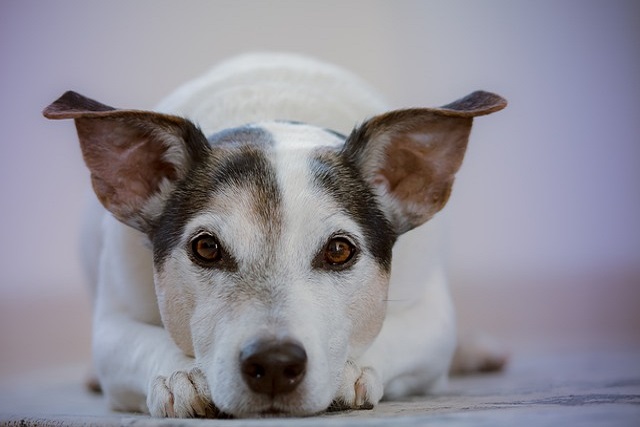
When deciding between a leash (attached to a collar) and a harness for walking your dog, several factors come into play—from your pet’s behavior to local regulations.
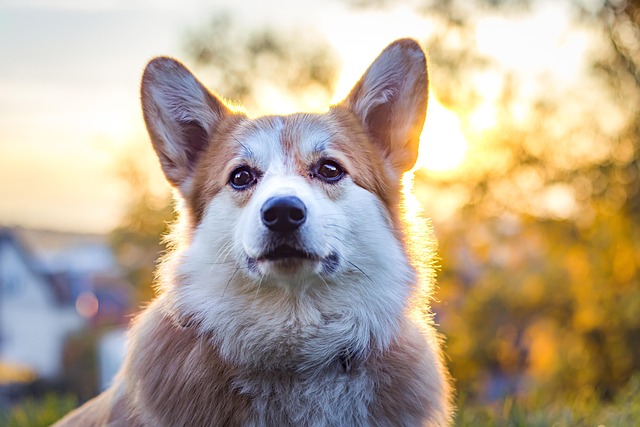
Choosing the right dog harness can feel overwhelming with so many options on the market. But the best harness for your pup depends on their size,
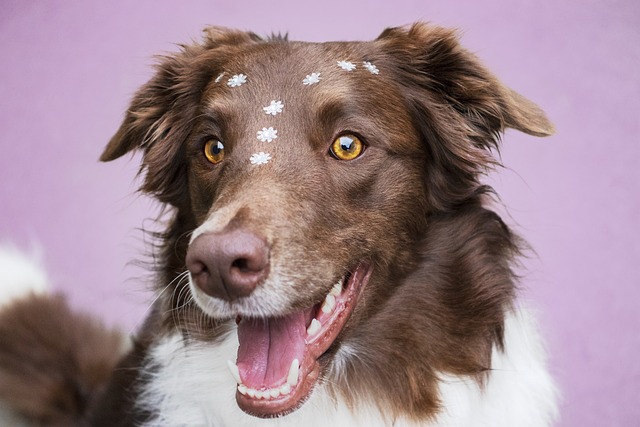
When it comes to walking your dog, choosing between a leash (attached to a collar) or a harness can feel like a tricky decision. Both have their merits,
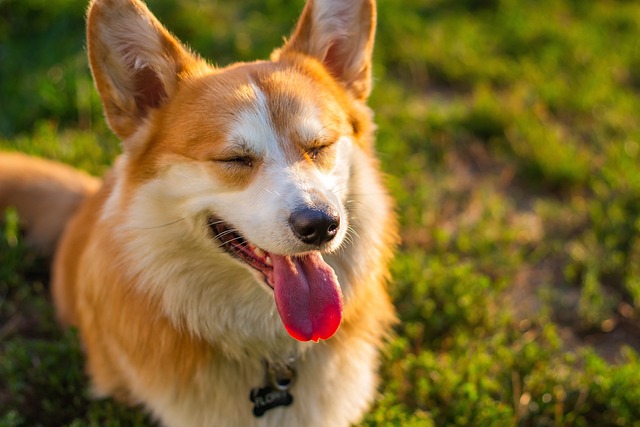
Let’s be real—living with these fluffy little tornadoes means your black leggings will never be fur-free. But that iconic corgi coat? It’s part of their magic. The key is managing shedding without losing the joy of those fuzzy snuggles.
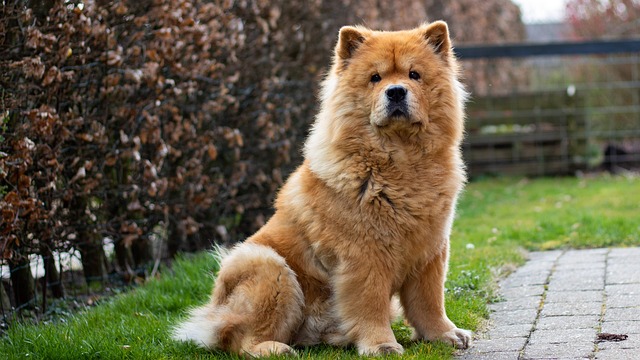
There's a special warmth in a Chow Chow's fuzzy face—but floppy ears can leave owners wondering:Is this normal for the breed?Let's explore with kindness, because every dog's ear shape tells a unique story,and love isn't bound by breed standards.